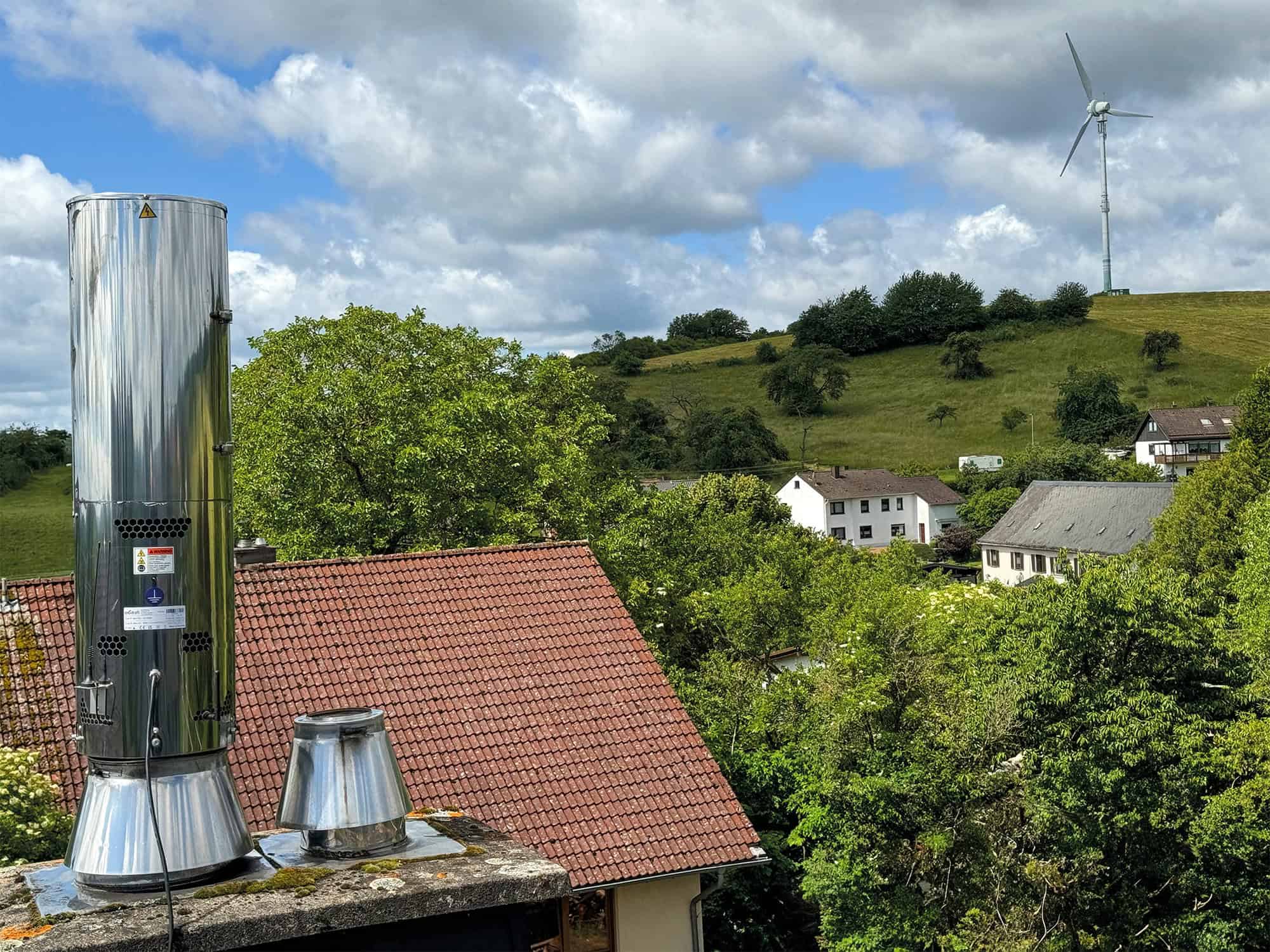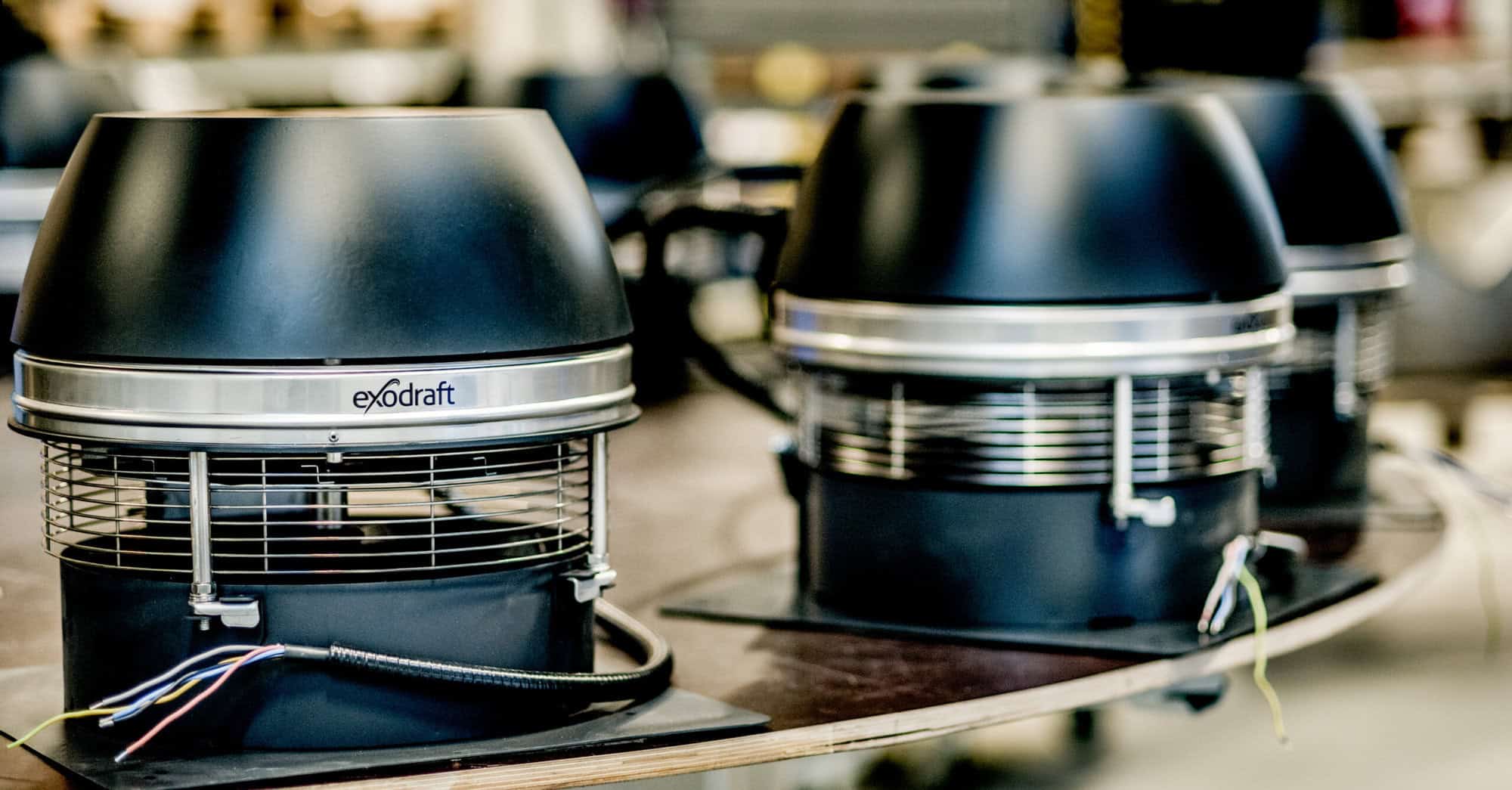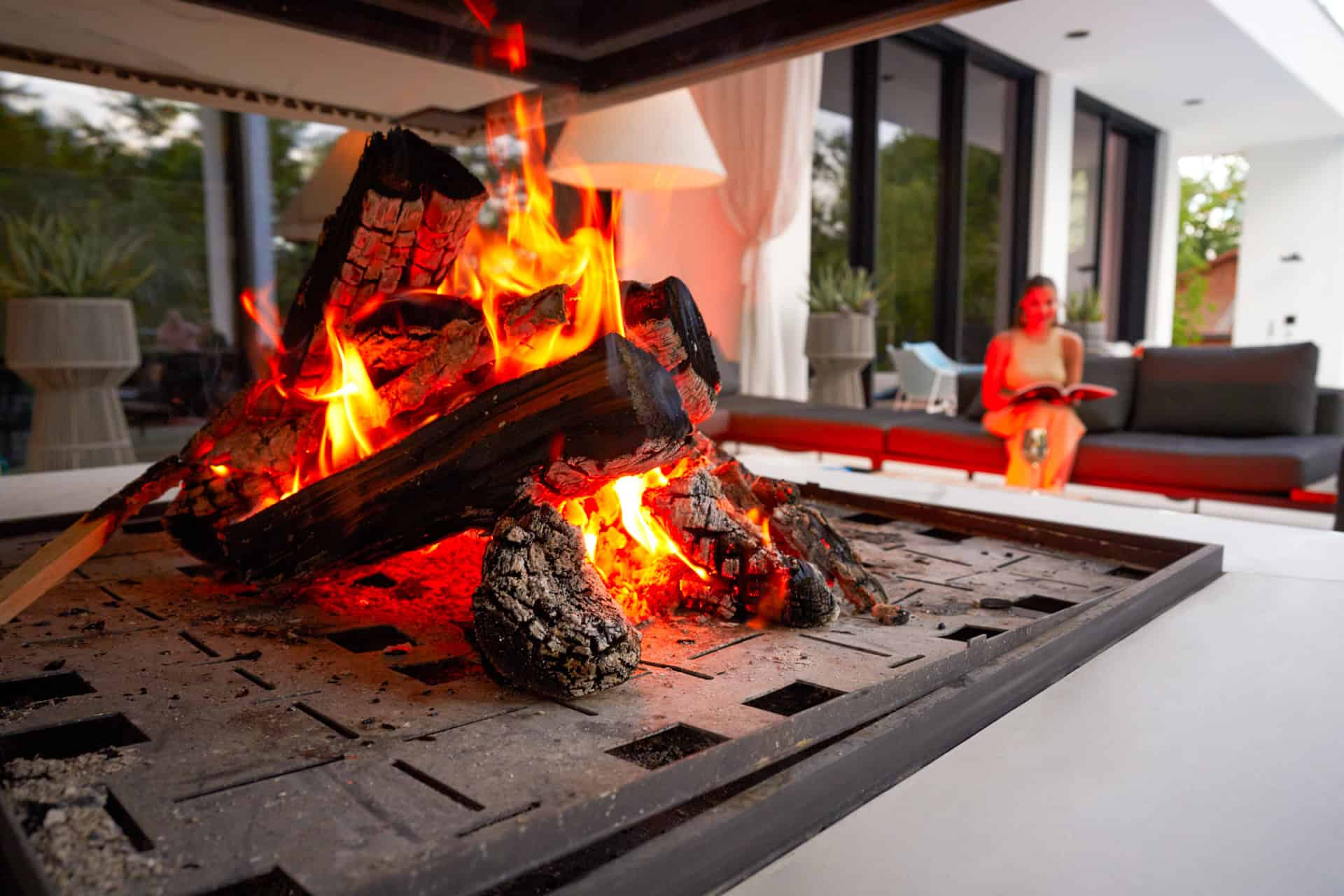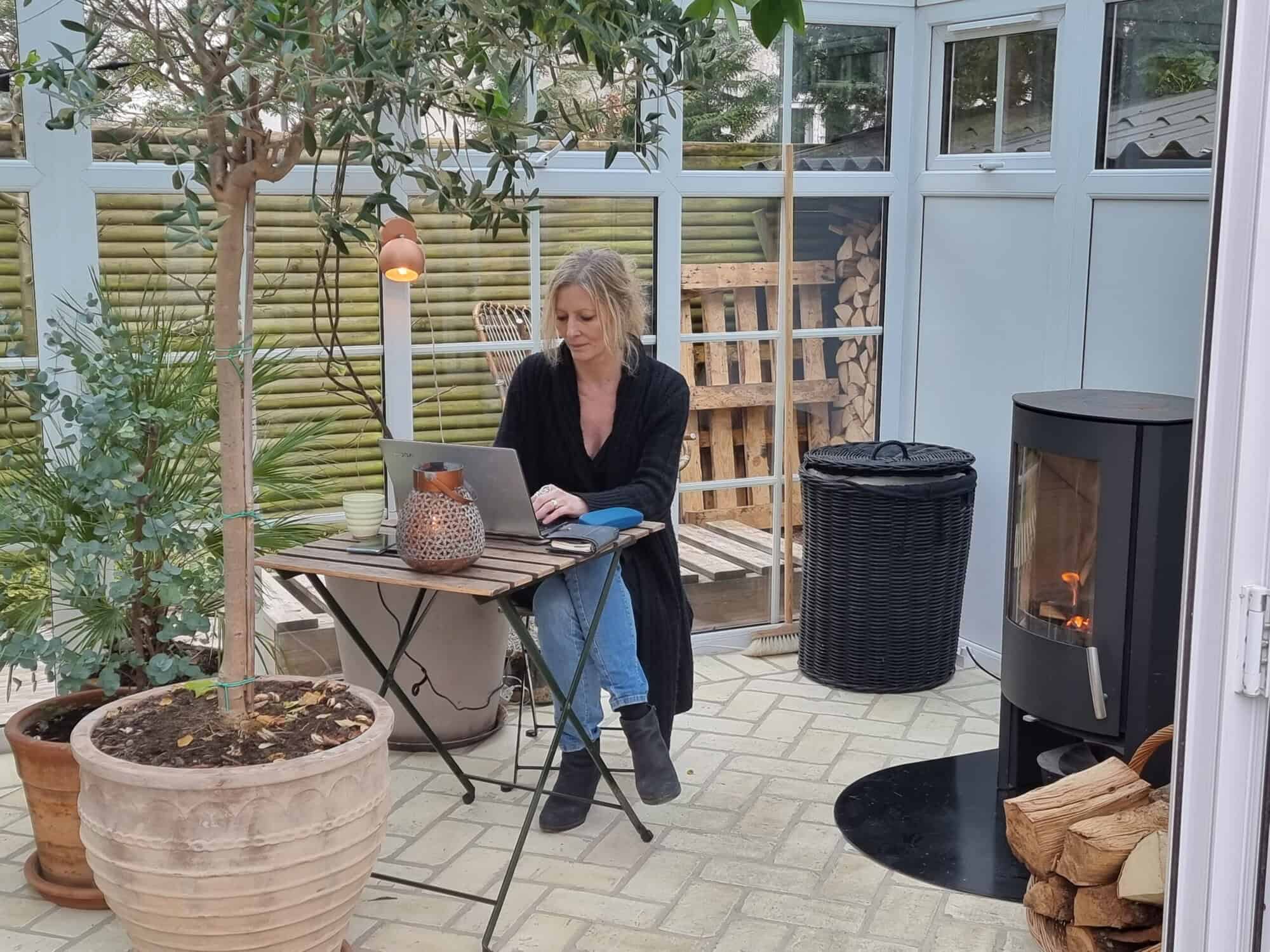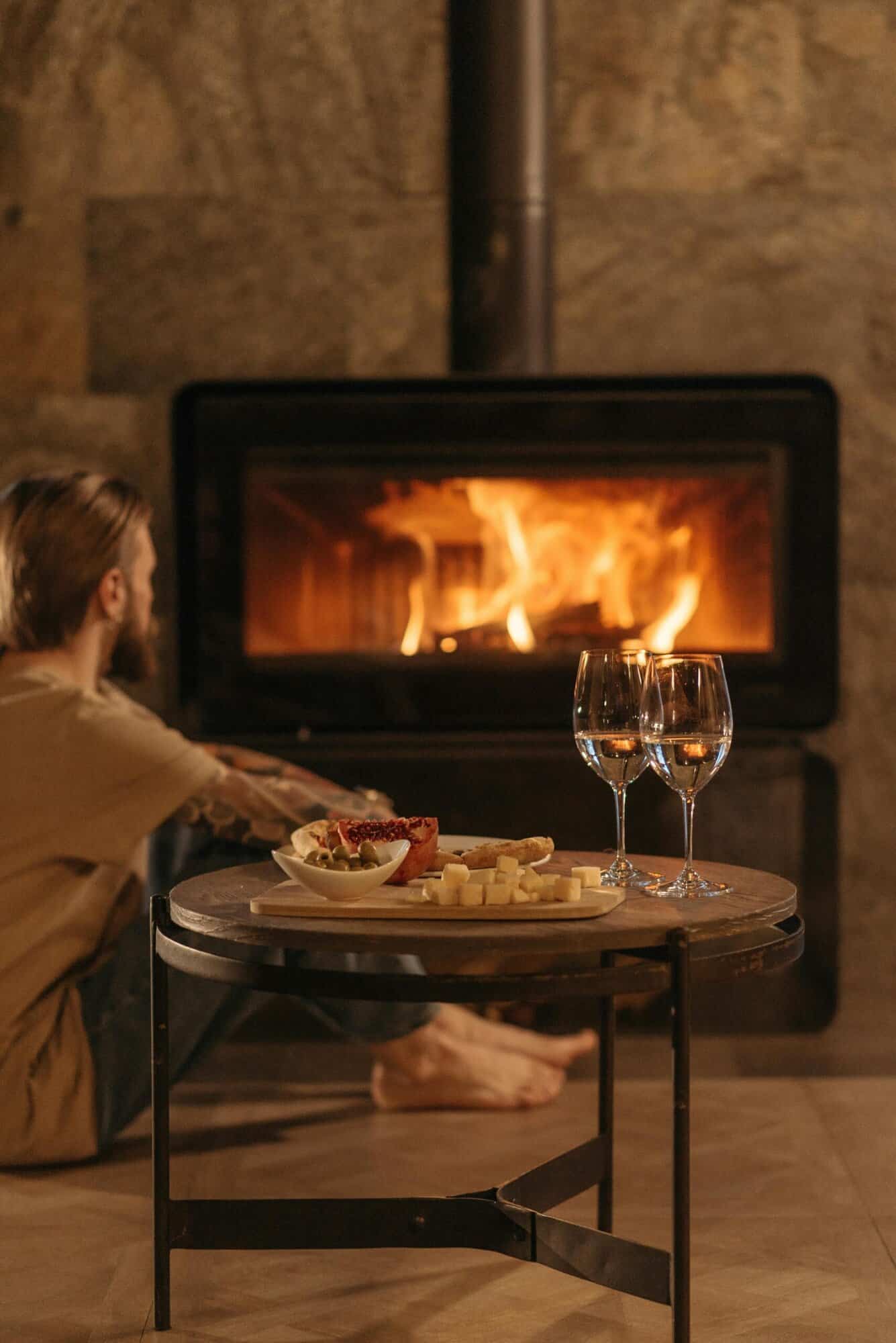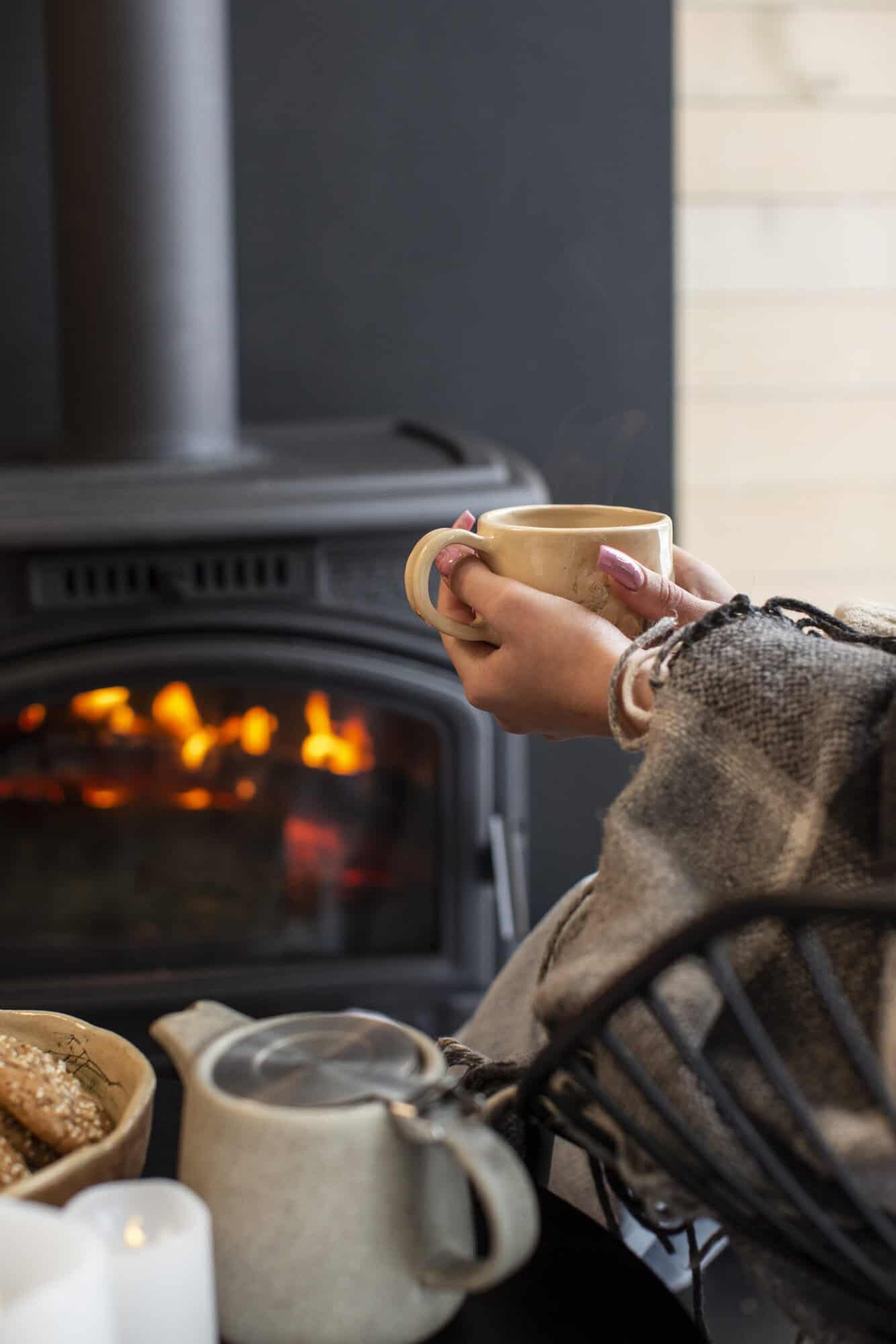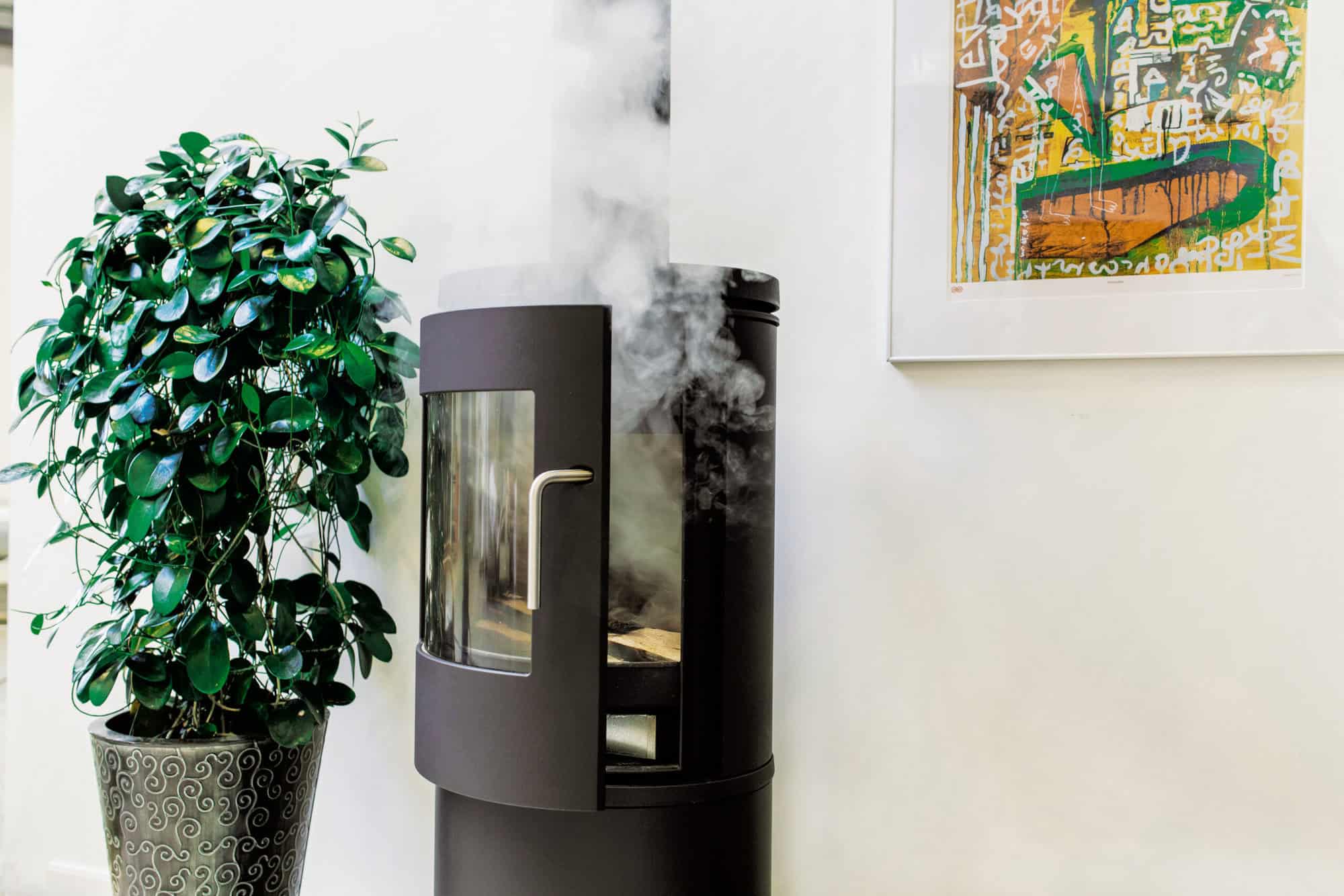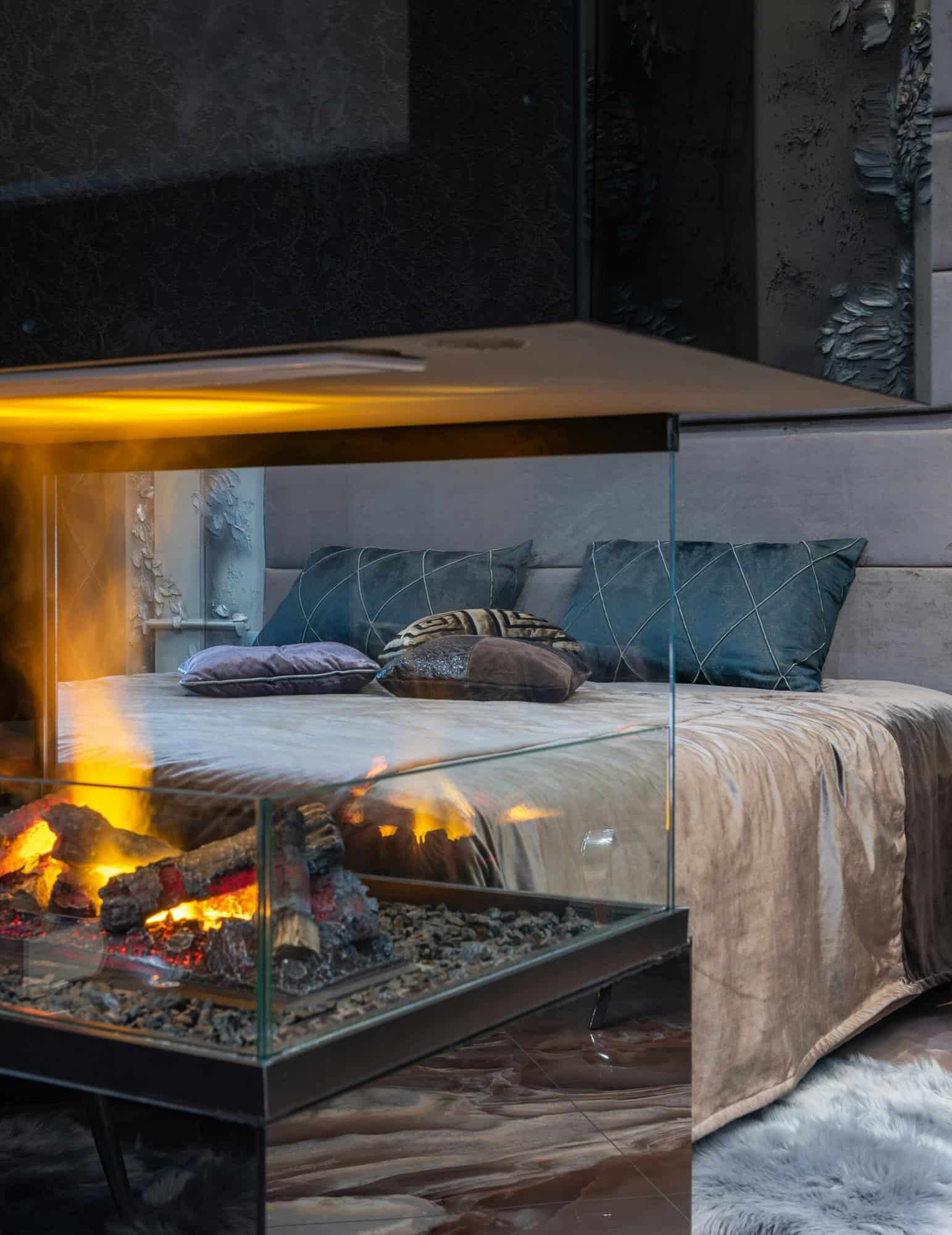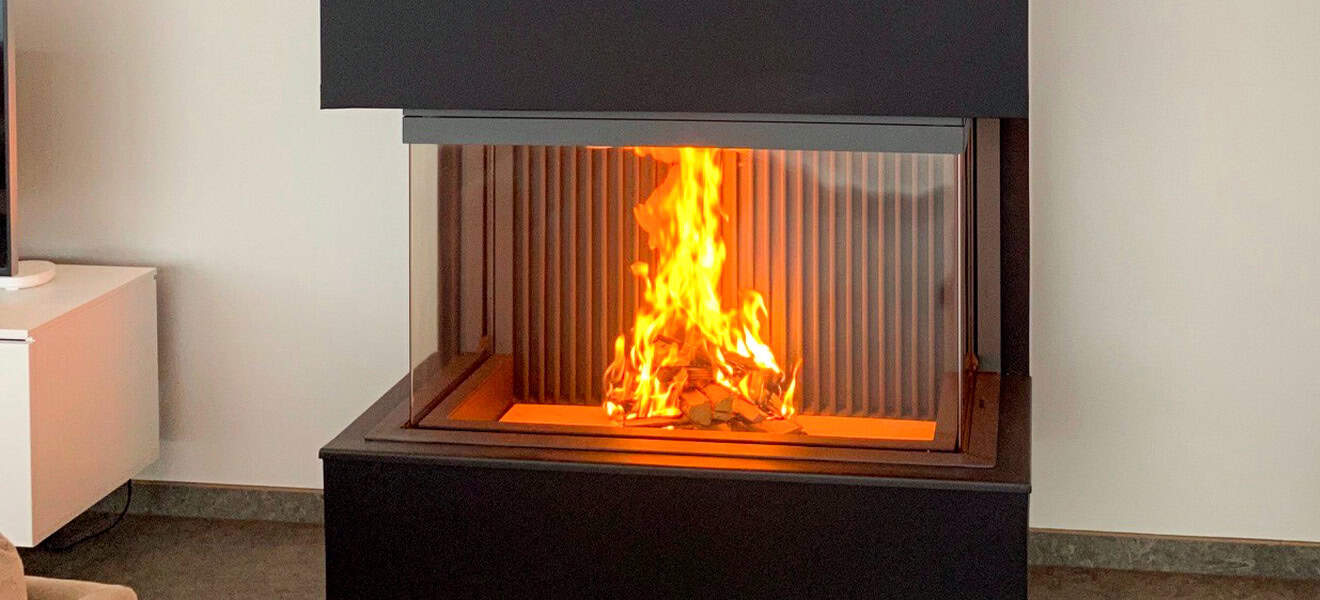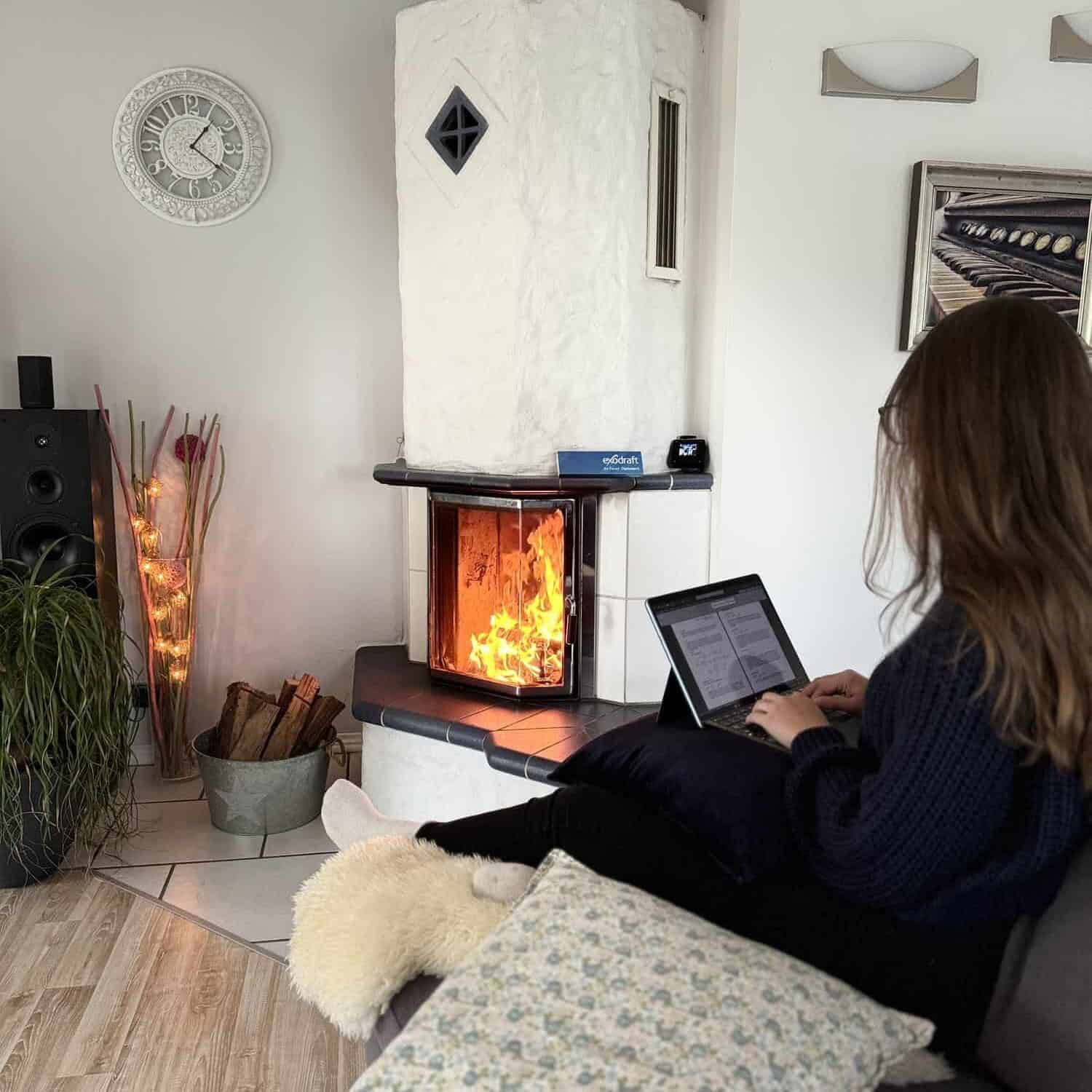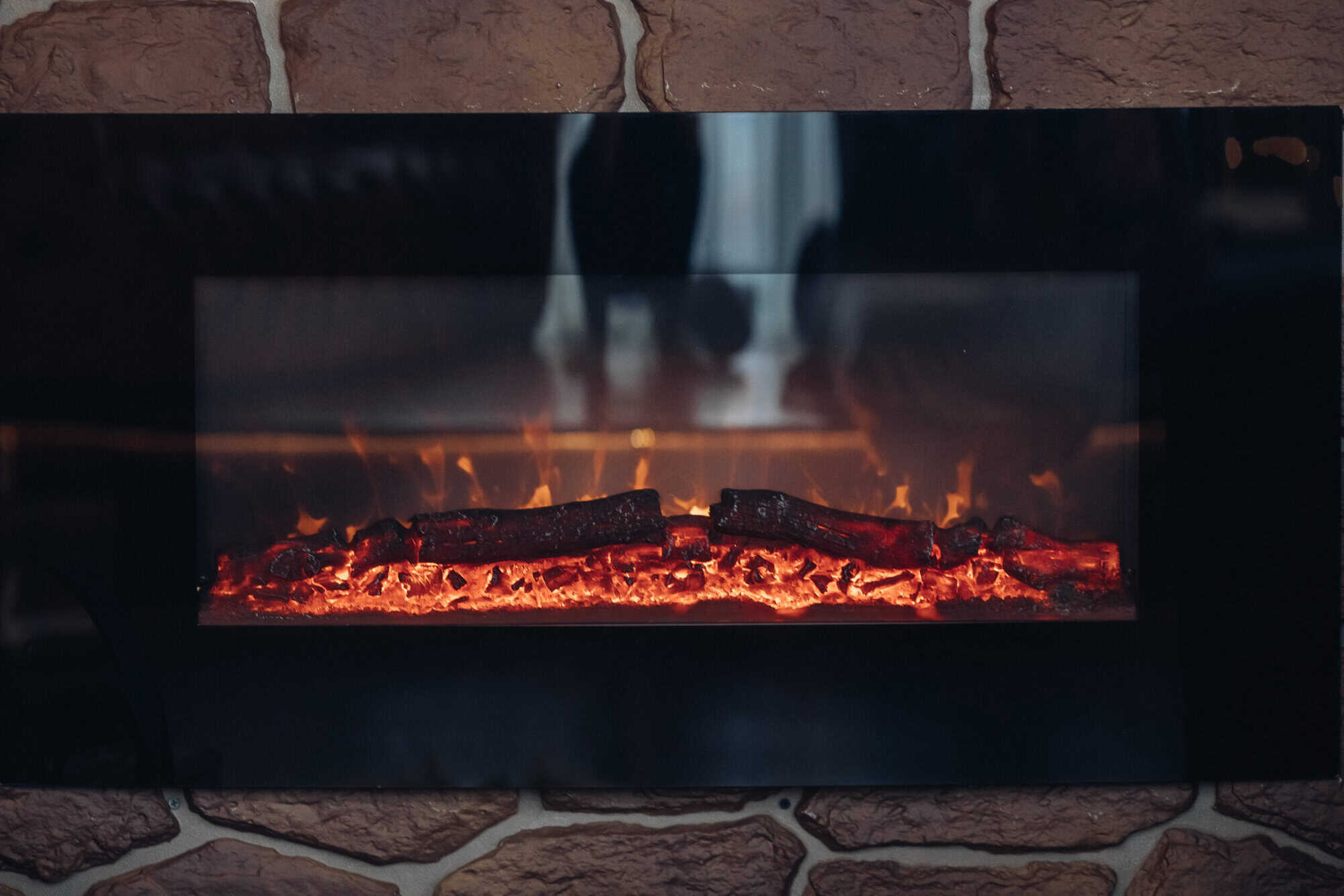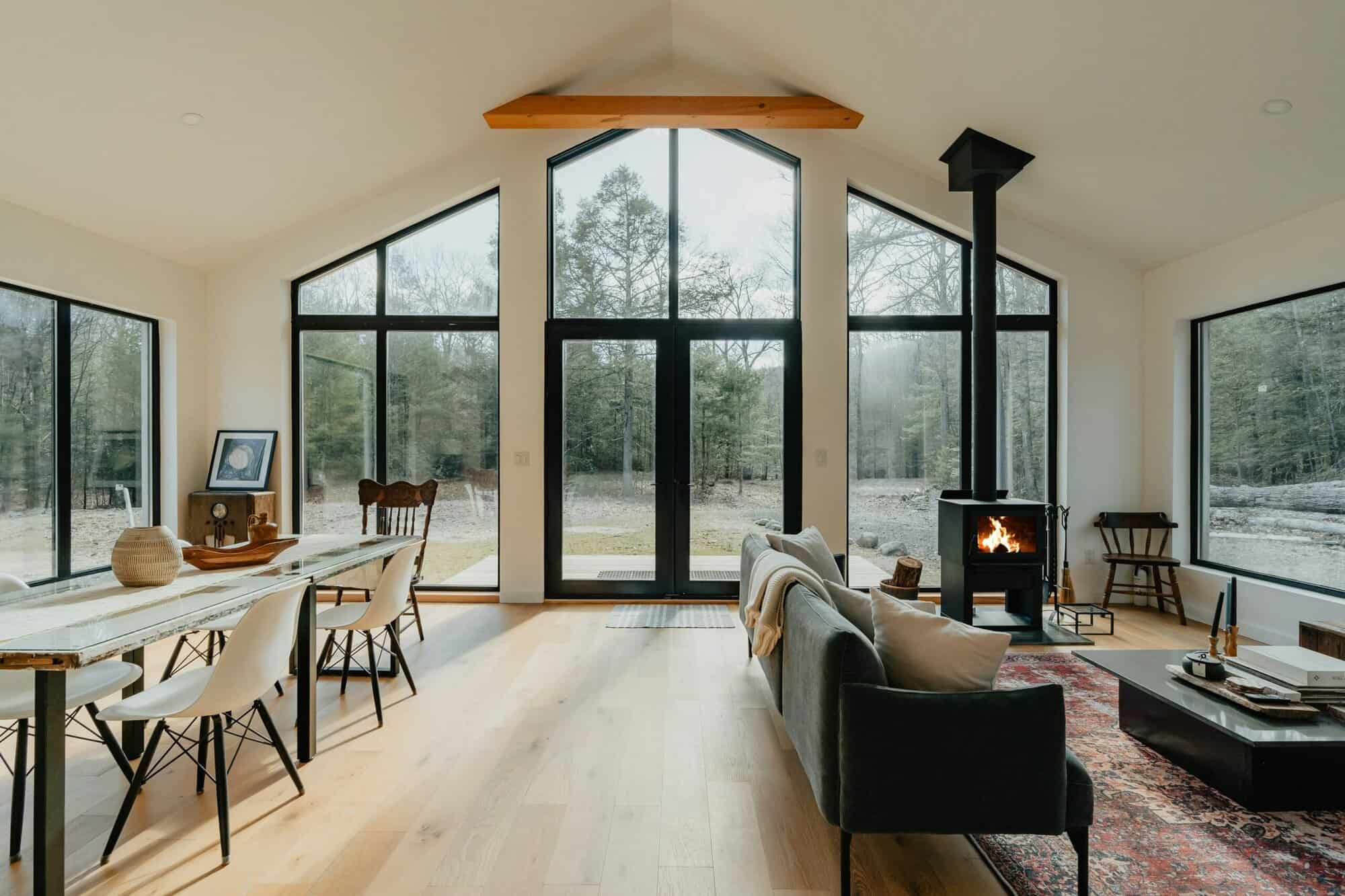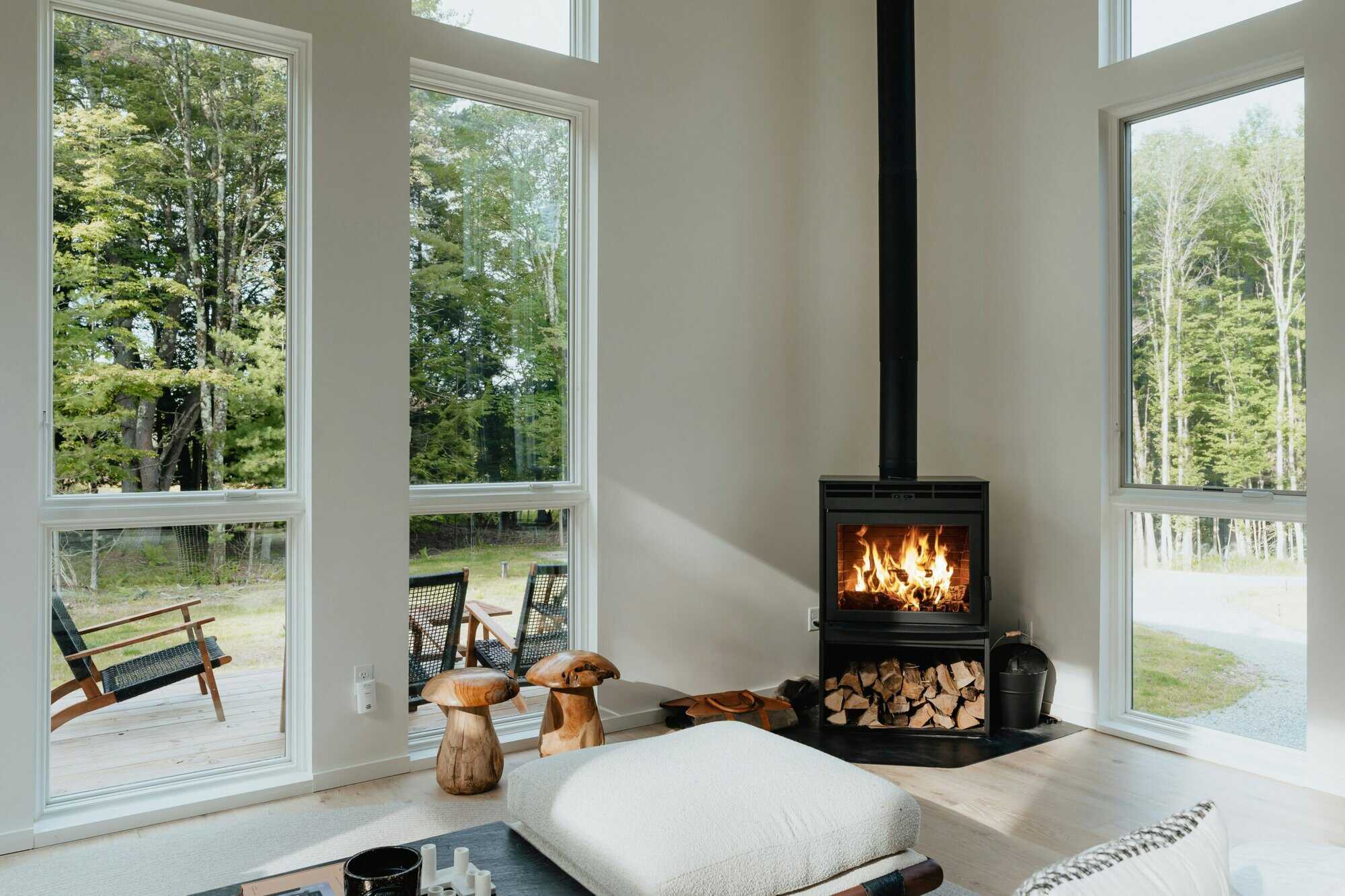Article
26. juni 2025 · 6 min
Why Do I Smell Wood Burning?
Smelling smoke indoors? Discover the causes of wood smoke odour — like poor chimney draft and negative pressure — and how a chimney fan can eliminate smoke issues for safer indoor air quality.
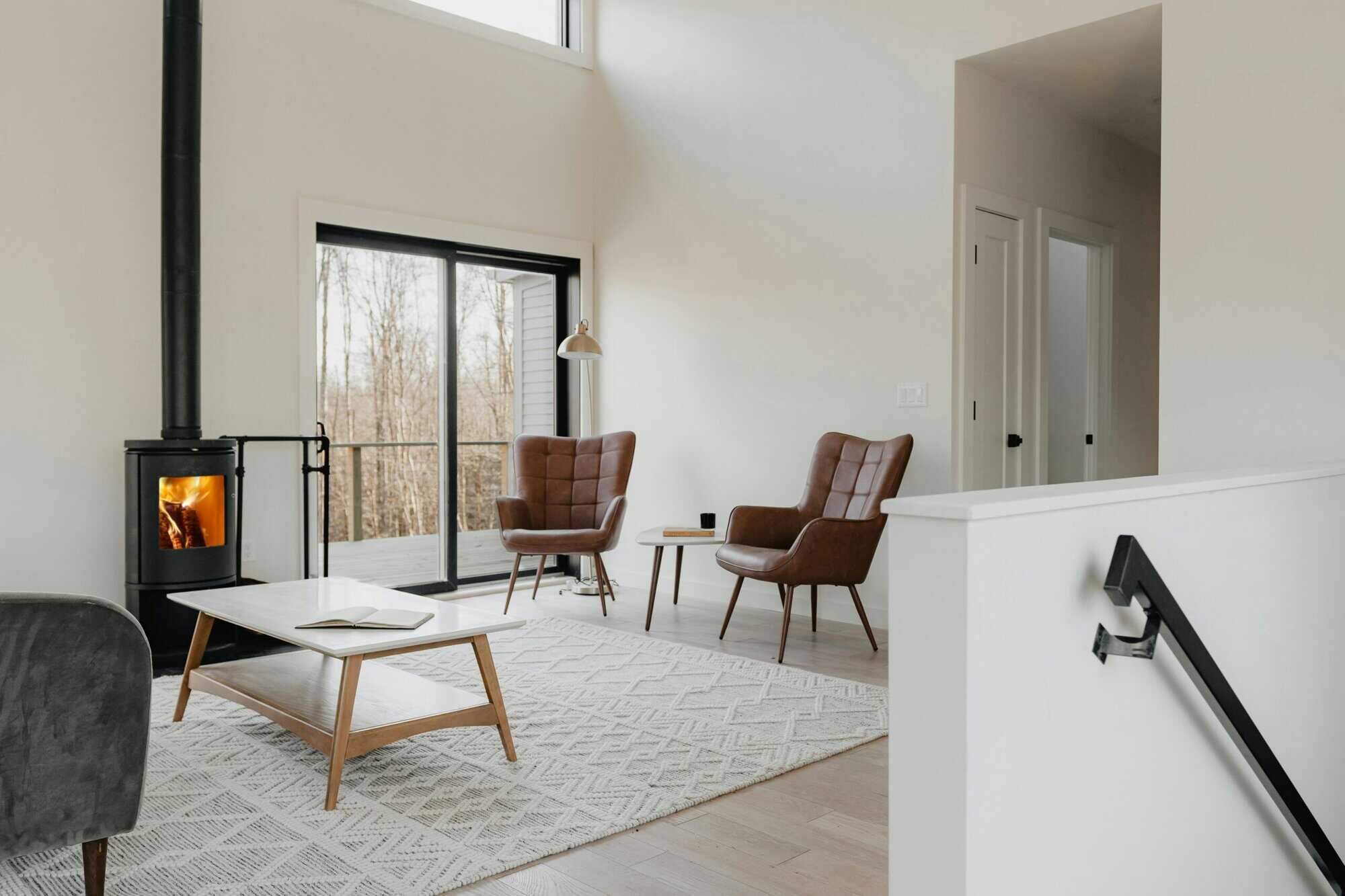
A wood-burning stove or fireplace should provide warmth and comfort — not bring the smell of smoke into your home. If you frequently notice a wood smoke odour indoors, it is often a sign of poor chimney performance, negative pressure, or leaks in the system.
A properly functioning chimney creates a steady upward draft that removes smoke efficiently. However, if airflow is disrupted, smoke can linger inside the stove, seep through gaps, or even be pulled back into the home. Not only is this unpleasant, but prolonged exposure to wood smoke can impact indoor air quality and pose health risks.
Understanding why smoke enters the home is essential to solving the problem. In this article, we will explore the most common causes of indoor smoke odour and how to eliminate the issue with the right chimney solutions.
Common Causes of Smoke Odour Inside the House
If wood smoke is noticeable inside your home, it usually means smoke is not being properly evacuated through the chimney. This can be caused by weak chimney draft, pressure imbalances, or leaks in the system.
One of the most frequent culprits is poor chimney draft. A chimney that is too short, obstructed, or uninsulated may fail to create the necessary draw, causing smoke to linger and seep into the home. Cold chimney walls can also prevent proper airflow, leading to inefficient combustion and increased smoke production.
Another common issue is negative pressure inside the home. Many modern houses are well-insulated, which can create a vacuum effect when ventilation systems, kitchen extractors, or bathroom fans pull air out. This can cause air to be drawn down the chimney instead of being expelled, forcing smoke into the living space.
Leaks in the stove or chimney can also contribute to indoor smoke odour. Worn-out stove door gaskets, loose flue pipe connections, or cracks in the chimney structure allow smoke to escape before it reaches the flue. Even minor gaps can lead to noticeable smoke infiltration, particularly if chimney draft is weak.
If you regularly experience smoke odour, your wood-burning stove is not operating efficiently, and improvements are needed. Fortunately, a chimney fan can resolve many of these issues.elow, we’ll examine the types of wood that should never be burned in a stove or fireplace.
How a Chimney Fan Solves Smoke and Odour Issues
A chimney fan is one of the most effective solutions for stabilising airflow and ensuring smoke is properly evacuated. By actively pulling smoke upwards, a chimney fan compensates for weak draft and counteracts negative pressure inside the home.
A well-functioning draft prevents smoke from lingering in the stove and ensures combustion gases are expelled efficiently. Without it, smoke can backflow into the home, creating an unpleasant odour and potential health risks. A chimney fan maintains constant upward airflow, preventing downdrafts and allowing for better combustion.
By improving airflow, a chimney fan also reduces indoor smoke exposure, minimising the buildup of fine particles and harmful gases inside the home. This not only enhances air quality but also reduces soot accumulation, lowering maintenance needs and the risk of creosote buildup in the chimney.
While a chimney fan is the most effective way to resolve smoke odour issues, other steps can further improve chimney performance.
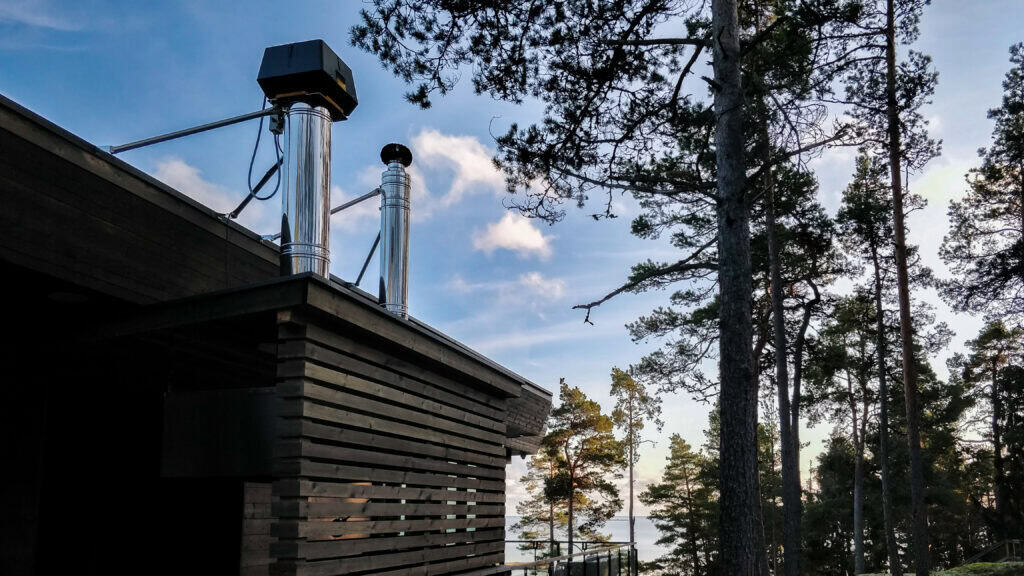
Other Ways to Improve Smoke Control
Beyond installing a chimney fan, sealing leaks, improving insulation, and burning the right fuel can all contribute to better chimney performance and cleaner indoor air.
Leaks in the stove or chimney should be addressed as they allow smoke to escape before reaching the flue. Checking and replacing stove door gaskets, tightening flue pipe connections, and repairing chimney cracks can prevent smoke from entering the home.
A well-insulated chimney helps maintain steady draft by keeping the flue warm, reducing condensation and improving airflow. Uninsulated or poorly designed chimneys are more prone to cold downdrafts, which can disrupt proper smoke evacuation.
The type of fuel burned also impacts smoke production. Using dry, seasoned hardwood instead of wet or resinous wood ensures cleaner combustion, reducing the amount of smoke and fine particle emissions. Wet wood burns inefficiently, creating excessive smoke and contributing to creosote buildup inside the chimney.
By addressing these factors alongside installing a chimney fan, homeowners can significantly reduce smoke issues and create a safer, more efficient wood-burning environment.
How to Eliminate Smoke Odour Indoors
If wood smoke is noticeable inside your home, it signals an issue with chimney draft, negative pressure, or system leaks. Addressing these problems is essential for improving indoor air quality and preventing long-term health risks.
Installing a chimney fan is the most effective way to ensure smoke is properly evacuated, stabilising airflow and counteracting negative pressure. In combination with sealing leaks, improving chimney insulation, and using dry firewood, a chimney fan helps eliminate smoke odour and optimise wood-burning performance.
By taking these steps, homeowners can enjoy the warmth and efficiency of their wood-burning stove without the downsides of smoke and odour, ensuring a cleaner and safer indoor environment.

exodraft

